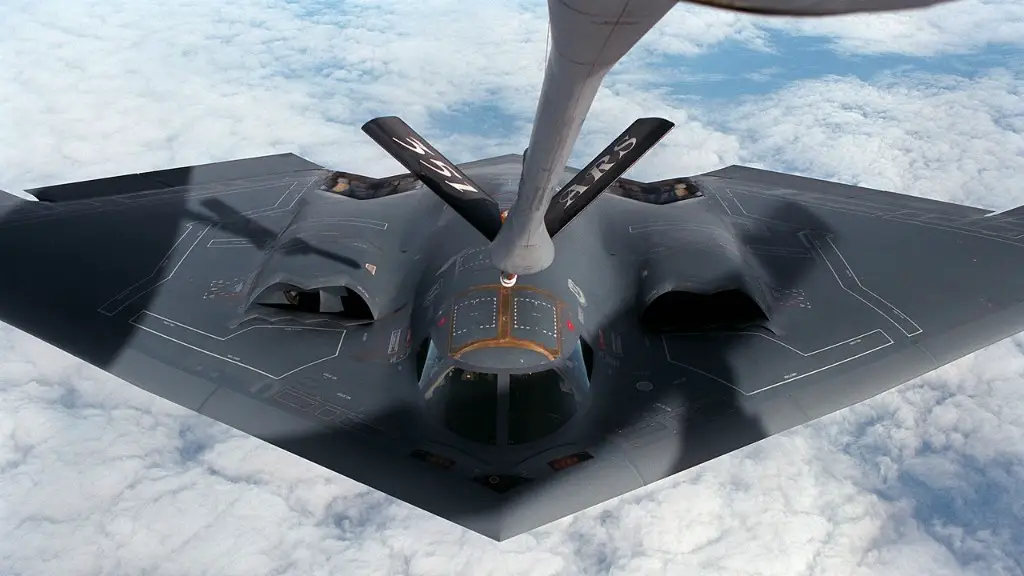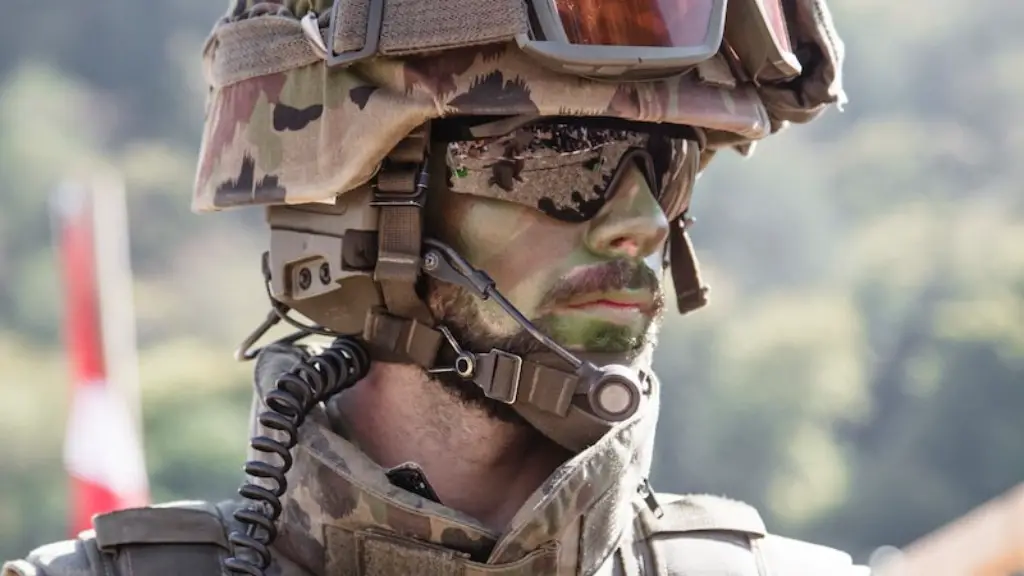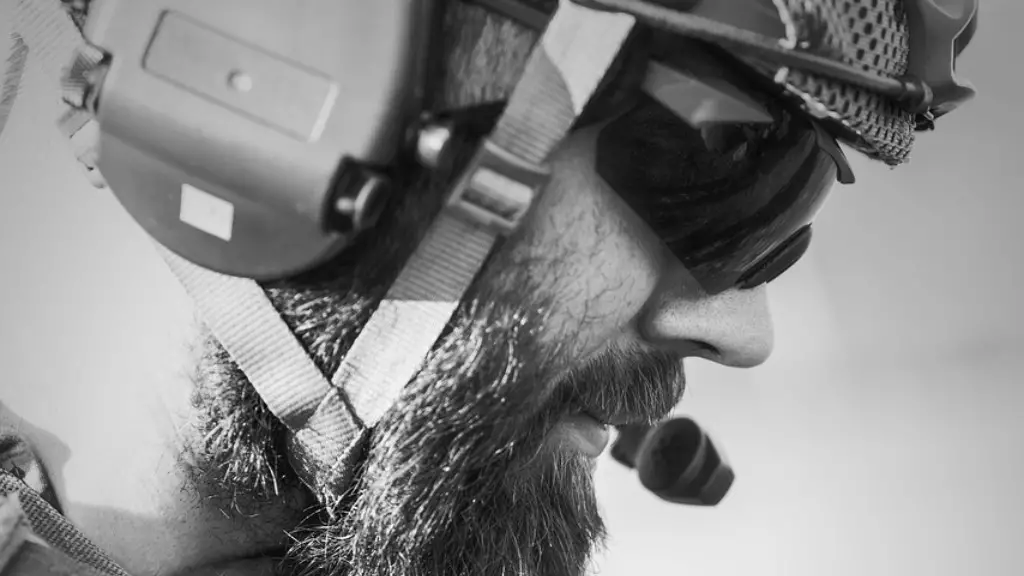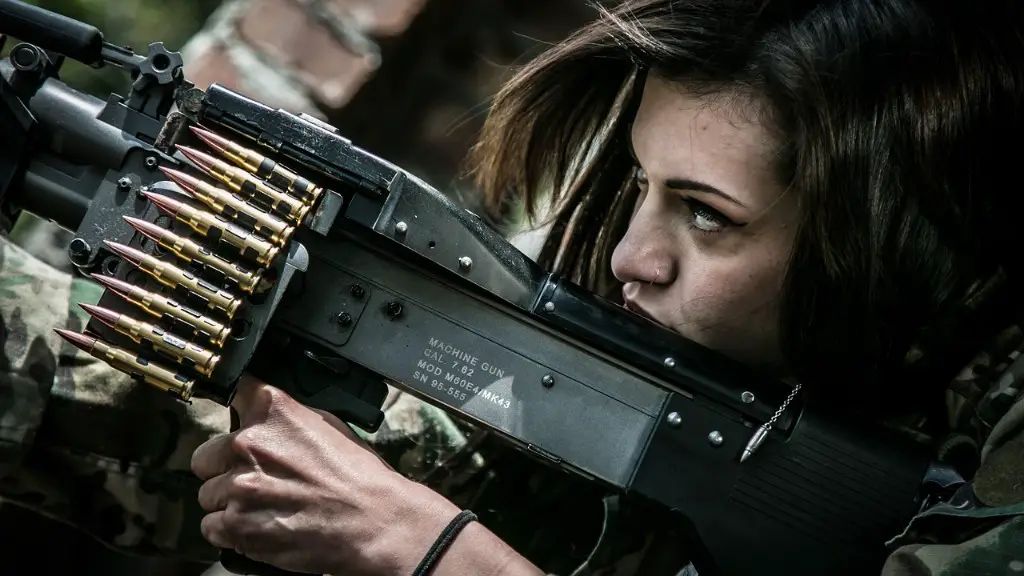At Sand Creek, Colorado, on November 29, 1864, a band of Colorado Volunteers led by Colonel John Chivington attacked and destroyed a sleepy village of Cheyenne and Arapaho Indians, who had surrendered and had been guaranteed protection by the U.S. government. The village had been disarmed and its residents had been given explicit orders not to leave the area. But that didn’t stop the Colorado Volunteers from massacring between 150 and 200 Native Americans, the vast majority of whom were women, children, and elderly men. Today, the Sand Creek Massacre is considered one of the darkest moments in American history.
The US Army soldiers at Sand Creek massacred between 150 and 200 Cheyenne and Arapaho Indians, the vast majority of whom were women and children.
What was the purpose of the Sand Creek Massacre?
The Sand Creek Massacre was a turning point in the relations between whites and Native Americans in the West. Prior to the massacre, Native Americans had been resisting white settlement and trying to protect their land usage. The massacre, which saw a group of Native Americans killed by the US Army, showed the Native Americans that the whites were not to be trusted. This event led to further conflict between the two groups, with both sides engaging in battles and attacks.
The Sand Creek Massacre was a heinous and tragic event in American history. The US military’s build-up prior to the massacre was aggressive and contributed to the atmosphere of fear and violence that led to the massacre. The massacre itself was a tragic event, and the aftermath has been devastating for the Cheyenne and Arapaho people.
How many US soldiers died in the Sand Creek Massacre
The Sand Creek massacre was a tragic event in which around 150 people, mostly women and children, were killed. The location has been designated the Sand Creek Massacre National Historic Site and is administered by the National Park Service.
A controversial figure, John Chivington was the commander of the US Army troops at the Sand Creek Massacre, where over 150 Native Americans were killed. Born in Lebanon, Ohio in 1821, Chivington ventured into Illinois, Kansas, Nebraska, and Colorado after his ordination in the Methodist Church. While his actions at Sand Creek were condemned by many, Chivington remained a controversial figure in American history.
Was the Sand Creek Massacre Part of the Civil War?
The Sand Creek Massacre occurred during the Civil War, which most Americans associate with Eastern battles between blue and gray. The massacre was a result of cavalry killing Indians on the Western plains.
This massacre is one of the most brutal and devastating in Native American history. More than 230 Native Americans were slaughtered, including 150 women, children, and elderly. Thirteen Cheyenne chiefs and one Arapaho chief were killed in the massacre. The event has forever left a dark stain on American history.
What are some important facts about the Sand Creek Massacre?
The Sand Creek Massacre was a bloody event in American history. 675 Colorado volunteer soldiers attacked an encampment of 750 people, most of whom were women and children. The Indians took shelter in the high banks along Sand Creek, but many were killed and wounded by artillery fire. The death toll was over 230, making it one of the deadliest massacres in American history.
The Sioux and their allies were successful in luring Captain William Fetterman’s patrol into a deadly trap in the winter of 1866. This was done in retaliation for the Captain and his men trespassing on treaty lands. The Sioux and their allies used the element of surprise and took advantage of the Captain’s hubris to lead his men into a trap from which they could not escape. The end result was the deaths of Captain Fetterman and all of his men. While this was a victory for the Sioux, it came at a great cost as the US Army began to take a more aggressive stance against them in response to this attack.
What happened to the Cheyenne after the Sand Creek Massacre
The Little Arkansas River Treaty was a treaty between the United States and the Cheyenne and Arapaho Nations, signed in October 1867. The treaty was negotiated in the wake of the Sand Creek Massacre, in which several hundred Cheyenne and Arapaho people were killed by U.S. troops. The treaty effectively acknowledged the U.S. government’s responsibility for the massacre and committed the government to compensate those who had lost property at Sand Creek.
There is no one-size-fits-all answer to this question, as the best way to deal with failure depends on the individual situation. However, some tips on how to deal with failure in a constructive way include: accepting responsibility for your role in the failure, learning from your mistakes, and moving on from the failure. It is also important to remember that failure is not the end of the world, and that you can use it as an opportunity to grow and improve.
How did the Civil War lead to the Sand Creek Massacre?
The Sand Creek Massacre was a horrific event in American history. Over 150 Native Americans, mostly women and children, were killed by a Colorado militia in what has come to be known as one of the most shameful episodes in our country’s treatment of its indigenous people. The massacre was rooted in the Civil War, with local Colorado officials concerned that the Natives were being led astray by Confederate agents. While the Natives had done nothing to provoke the attack, they were brutally killed, their homes and villages destroyed. This tragic event is a dark stain on our nation’s history.
The Sand Creek Massacre was one of the most brutal and horrific events to occur during the American-Indian Wars. Roughly 200 Cheyenne men, women, and children were slaughtered by American soldiers in what was supposed to be a peaceful negotiation. The massacre led to increased tensions between the Cheyenne and the American government, and was a devastating blow to the Cheyenne people.
Are there still Cheyenne dog soldiers
The Dog Soldiers is a military society that was once part of the Cheyenne Nation. The society has been revived in recent years and now consists of members from both the Northern and Southern Cheyenne tribes. The Dog Soldiers are known for their bravery and skill in battle, and they continue to play a vital role in the Cheyenne Nation today.
The Cheyenne people are a Native American tribe that is split into two federally recognized Nations. The Southern Cheyenne and Arapaho are located in Oklahoma, and the Northern Cheyenne and Arapaho are in Montana. According to the latest survey, there are just over 10,000 Cheyenne today, with about half of them residing on the reservations.
Did the Cheyenne fight at Little Bighorn?
The Battle of Little Bighorn was a turning point for the Cheyenne and Lakota Sioux nations. Chiefs American Horse and Two Moons of the Cheyenne, and Chiefs Crazy Horse, Sitting Bull, and Gall of the Lakota Sioux, defeated elements of the US 7th Cavalry, led by Lt. Colonel George A. Custer. This victory was a defining moment for both of these Native American nations.
Montana may have not been the site of any Civil War battles, but it was still deeply affected by the war. This is evident in the names of many of the state’s mining camps, which were named after places and events related to the conflict. Unionville, Confederate Gulch, and Yankee Flats are just a few examples. This shows that even though Montana was not a direct participant in the Civil War, the war still had a major impact on the state.
Conclusion
The U.S. Army soldiers at Sand Creek crossed the creek and took up a position on the north bank. They then fired on the Southern Cheyenne camped on the south bank, causing mass panic and confusion. The Southern Cheyenne, many of whom were women and children, attempted to flee but were cut down by the army’s gunfire. The soldiers then looted and burned the Cheyenne camp.
The U.S. Army soldiers at Sand Creek did something that was both brave and horrific. They showed great courage in marching into battle against a group of Native Americans who were greatly outnumbered. However, their actions during and after the battle were atrocious. They slaughtered women and children, scalped the dead, and mutilated bodies. This was a dark day in American history.





